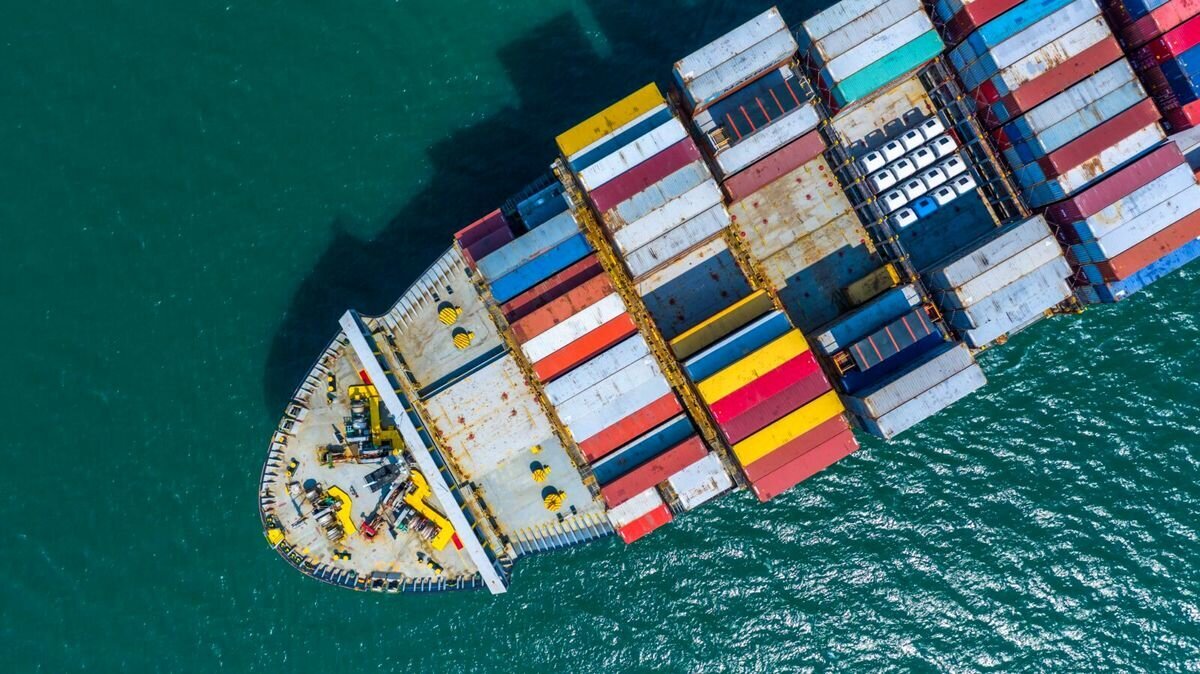Iran’s trade with neighbors tops $13b in spring

TEHRAN - Iran’s trade with its 15 neighboring countries exceeded $13.42 billion in the spring of the current Iranian year, according to the Islamic Republic of Iran Customs Administration (IRICA). Between March 20 and June 21, around 23 million tons of goods were exchanged, reflecting a 17 percent decline in volume and a 16 percent drop in value compared to the same period last year.
Exports accounted for $6.65 billion of the total, down 22 percent year-on-year. Iraq was the top destination for Iranian goods with $1.904 billion, followed by the United Arab Emirates at $1.6 billion, Turkey with $940 million, Afghanistan with more than $510 million, and Oman with $437 million.
Non-oil imports from neighboring countries reached $6.77 billion, marking a 9.65 percent decrease from the previous year. The United Arab Emirates was the largest exporter to Iran with over $3.885 billion, followed by Turkey with more than $1.986 billion, Russia with $353 million, Oman with $223 million, and Pakistan with $174 million.
Despite the overall decline, trade with several neighbors increased. Trade with Qatar rose by 69 percent, with Russia by 19 percent, with Oman by 11 percent, and with Turkmenistan by 8.5 percent.
In the previous Iranian fiscal year ending March 19, 2025 (marking the year from March 2024 to March 2025), cumulative non‑oil trade with neighbors grew 21 percent year‑on‑year to $74.32 billion. The total traded volume reached 112.8 million tons, a 16 percent increase over the previous year.
Iran exported 89.38 million tons worth $36.01 billion, while importing 23.43 million tons valued at $38.31 billion in that period. The UAE, Turkey, Iraq, Pakistan, and Afghanistan persisted as the top partner countries in bilateral trade.
These figures suggest a broad mid‑2024 to early‑2025 recovery in non‑oil trade with neighboring countries. However, the more recent spring figures indicate a downturn in that season—with April to June trade falling about 16 percent in value year-on-year—even while trade with countries like Qatar, Russia, and Oman appeared to increase. This may reflect shorter-term regional and seasonal shifts, or fluctuations in border access, freight routes, or commodity demand.
Overall, year-to-date non-oil trade data signals growth across the broader 2024‑25 cycle, followed by a spring-specific contraction—emphasizing how broader trajectories can diverge from seasonal patterns.
EF/
Leave a Comment